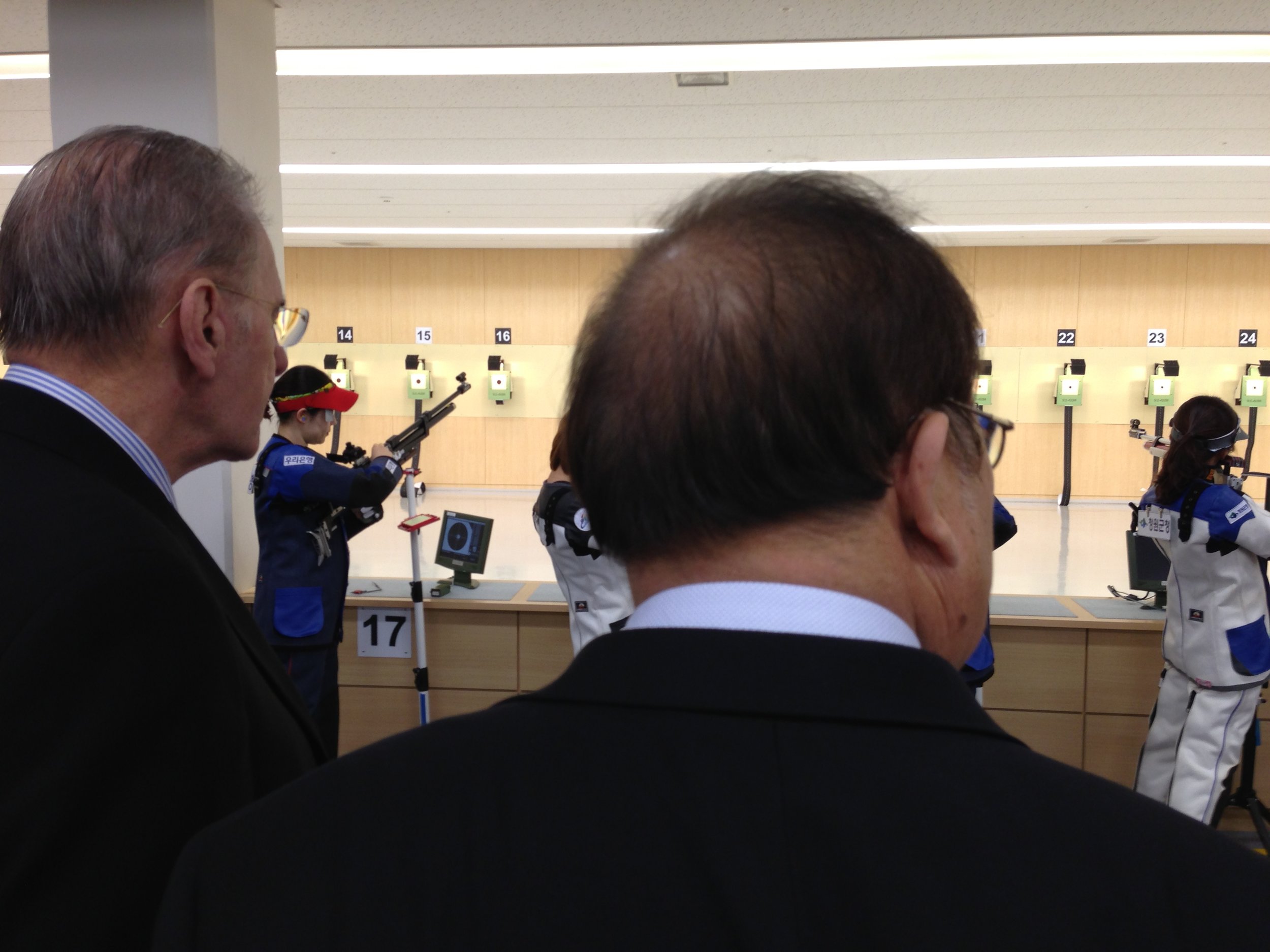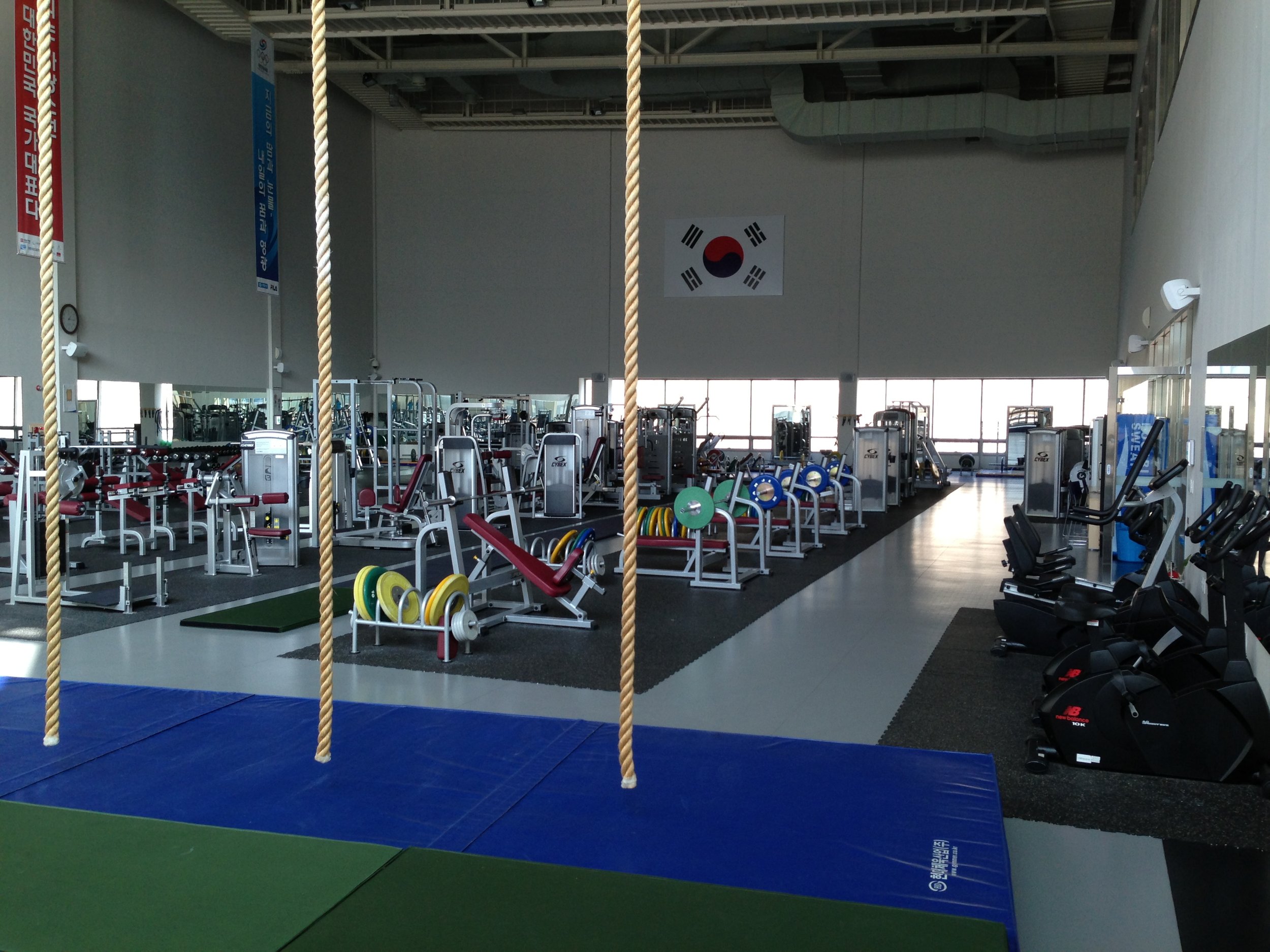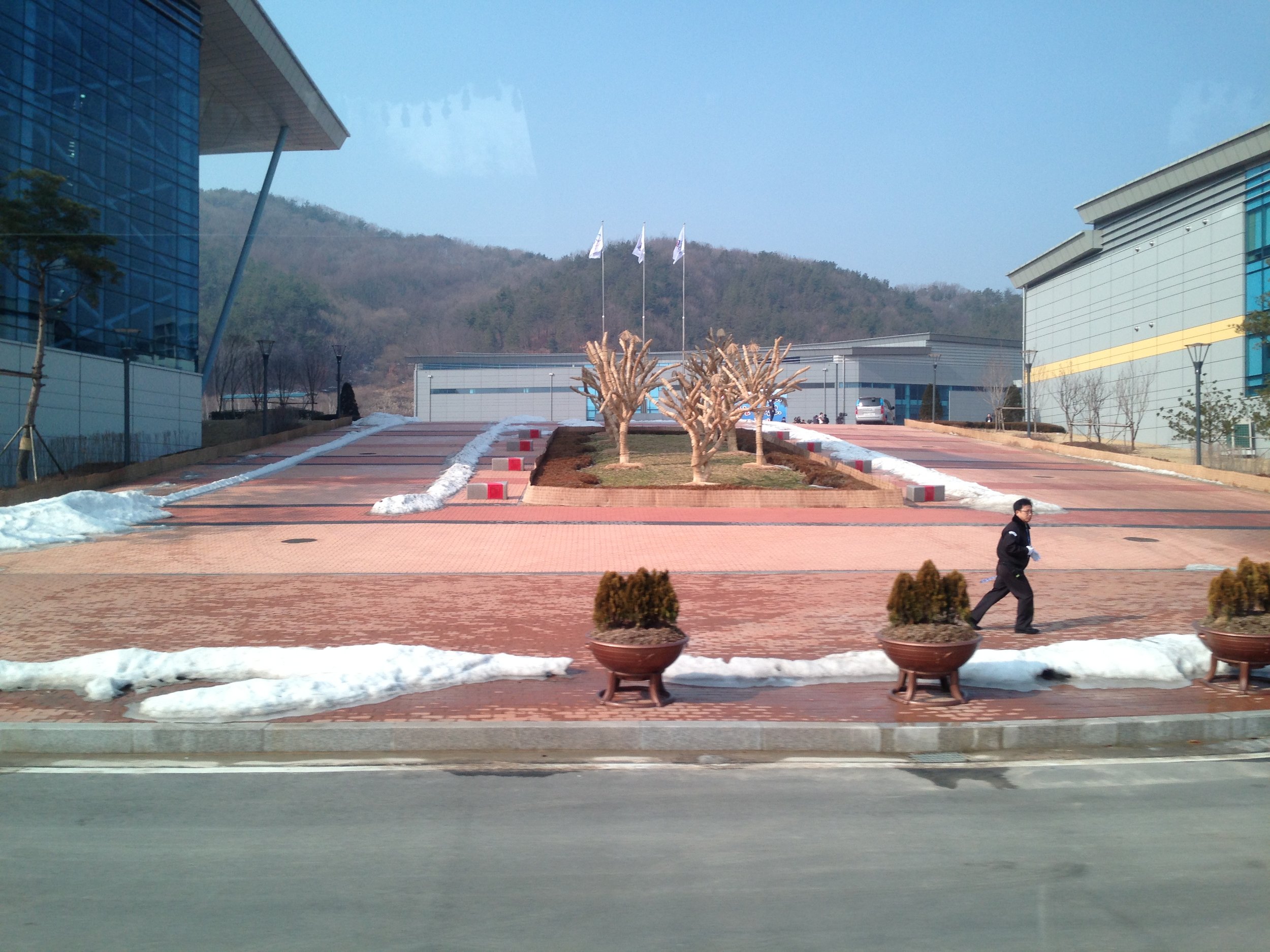JINCHEON, South Korea -- Just last week, the U.S. Olympic Committee announced a campaign to expand and re-design its 35-acre campus in Colorado Springs, Colo., the centerpiece a training facility to be named in honor of the late U.S. Sen. Ted Stevens of Alaska, who wrote the 1978 law that made the USOC what it is now. The facility in Colorado Springs, a long time ago an Air Force base, is patently in need of an upgrade. It opened for Olympic business in 1977. Even so, the federal government isn't throwing money at the problem; because of that 1978 law, the USOC must support itself. Now comes the job of actually finding the dollars for that renovation.
And then there's the South Korean way. It's not -- repeat, not -- the American way, and this is not to suppose that it should be.
But in the Korean way are lessons about the will to succeed.
And that -- that is something not only to appreciate but emulate.
And not just for Americans. For everyone anywhere in the world.
On a brilliant Thursday morning, the president of the International Olympic Committee, Jacques Rogge, was among those getting a first-hand look at the Jincheon National Training Center -- and what was made abundantly clear is that the Koreans have, with almost no one paying any attention, built a world-class facility from scratch with the idea of becoming really, really good in pretty much every sport on the Olympic program.
And soon.
No one ever accused the Koreans of lacking ambition and drive.
In this instance, they combined those qualities with humility -- the facility has been built with almost no fanfare -- and fantastic business sense, all with one goal in mind, as the slogan on the brochure all about the training center says: "To the world, be the best."
Which means, more or less, let's go out there and get the job done.
There's evidence already that this might just work.
Construction at Jincheon, about 60 miles southeast of Seoul, began in 2005. The facility opened in 2011, including a shooting range that Korean Olympic Committee officials proudly walked Rogge and other IOC officials through on Thursday.
At the 2008 Beijing Games -- that is, before the Jincheon facility opened -- the Koreans took two medals in shooting. Both were won by Jong Oh Jin, who is a supreme marksman; he had won two silvers in Athens in 2004.
In London, after training at Jincheon, Korean shooters won five medals, three gold and two silvers. That was the best of any nation.
Jin won two golds, in 10- and 50-meter air pistol. Two other Korean men took silver: Young Rae Choi in the 50-meter air pistol, Jong Hyun Kim in the 50-meter rifle three-position event. One Korean woman won gold: Jang Mi Kim, in the 25-meter pistol.
Along with the shooting range, the complex now holds a swim center; indoor and outdoor tennis courts; a track and field complex as well as a five-kilometer cross-country course through the surrounding hills; baseball and softball fields (if they ever return to the Games); a killer weight room; a dorm that holds 356 athletes; an auditorium; a library; and a 264-seat cafeteria that everyone brags serves pretty much the best lunch in South Korea.
All of that -- and that's just Phase One.
Construction on Phase Two of the complex is underway; it's due to be finished in 2017. It will include a velodrome; an ice rink; a rugby field; a golf complex; an archery site; facilities for boxing, taekwondo, judo, weightlifting, fencing, wrestling, gymnastics, table tennis, handball, badminton and more.
More being the likes of squash and wushu -- sports vying to be on the Olympic program.
More also being more dorms and administrative offices. Ultimately, the intent is to have the opportunity for hundreds more athletes to live here.
Total size of the complex: 400 acres.
Total cost, through 2017, and for this kind of complex it's a bargain: $560 million.
It's not, by the way, that the Koreans didn't already have an Olympic training ground. Jincheon is a second. The first, Taeneung National Training Center, is in northern Seoul.
In remarks at that auditorium, the head of the Korean Olympic Committee, Y.S. Park, said the idea at Jincheon was to create "one of the best training environments … in the world."
These years are a special time for the Olympic movement in South Korea. After bidding -- and failing twice -- the Koreans in 2011 won the right to stage the 2018 Winter Games, in Pyeongchang. The Winter Special Olympics are going on there right now. The 2014 Asian Games will be held in Incheon; the 2015 University Games in Gwangju.
Here in South Korea, they can boast of both government and corporate support.
And now this facility.
Rogge followed Park to the stage Thursday at the auditorium. He got it. He said -- because what else could a reasonable person say -- the place is, indeed, "truly impressive."




